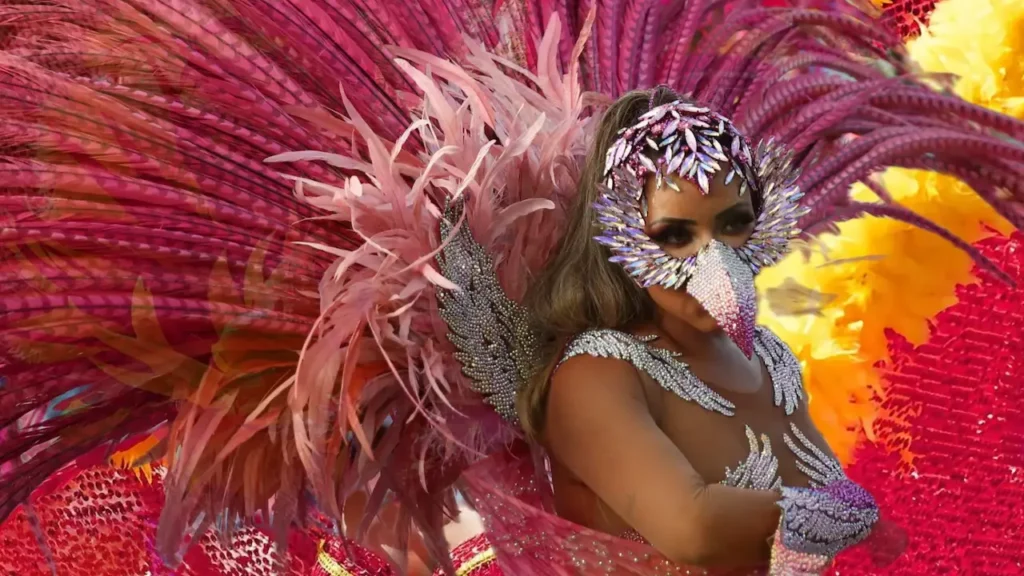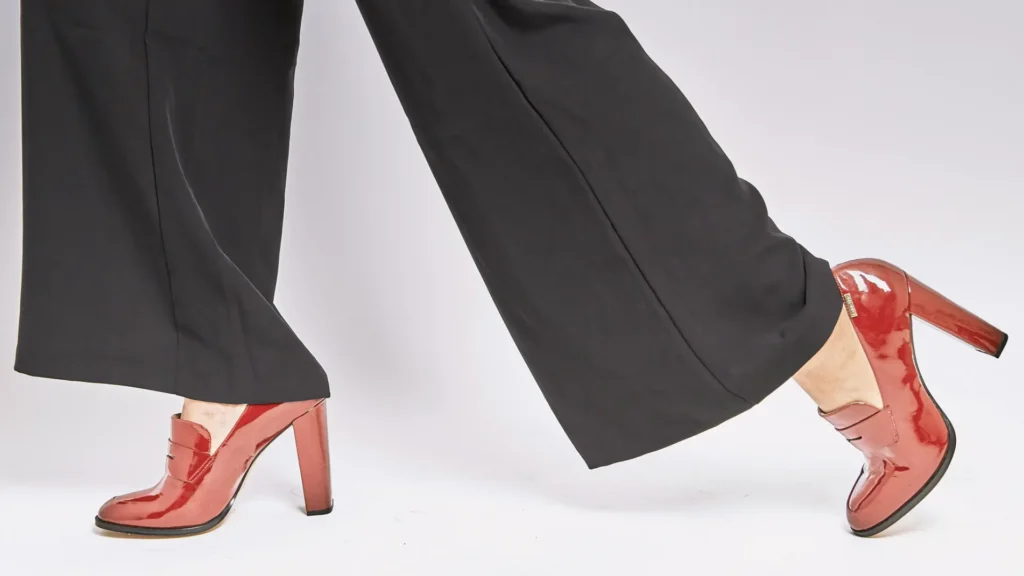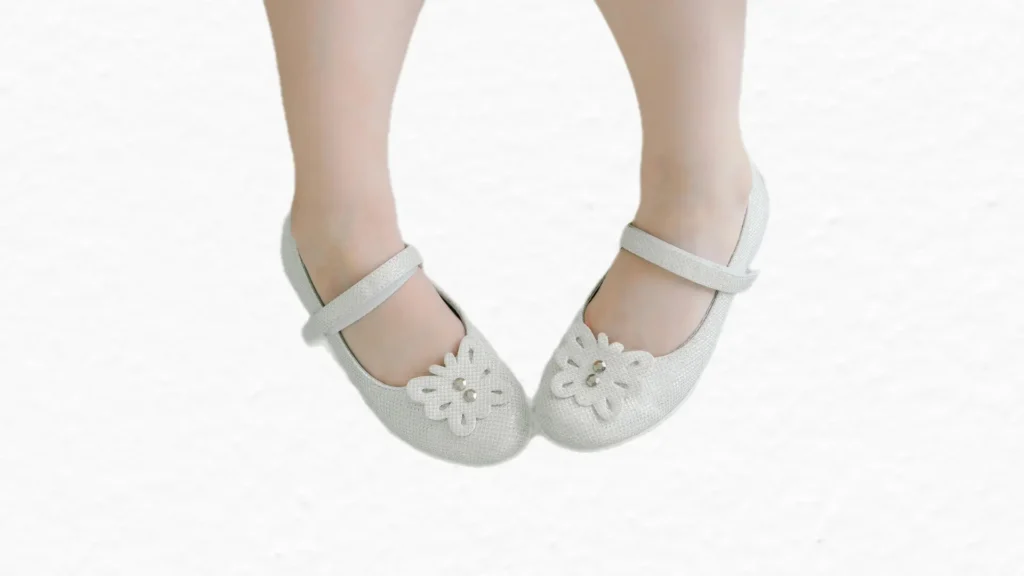Over 2 million people flood Rio de Janeiro’s streets each year for Carnival, transforming the city into a vibrant showcase of dance, music, and costumes. Footwear plays a central role in this celebration, blending function with artistic expression.
Shoes must withstand hours of intense samba dancing while contributing to the visual spectacle. This article explores how footwear shapes the Carnival experience, from its cultural significance to its practical demands.
Historical Roots of Carnival Footwear
In the early 20th century, Carnival participants wore simple leather sandals or went barefoot, reflecting Brazil’s socioeconomic realities. These basic shoes allowed dancers to move freely but offered little support. As samba schools grew in prominence, footwear evolved to match the elaborate costumes. By the 1950s, custom-designed shoes became a key element of Carnival’s visual identity.
The shift to specialized footwear mirrored Brazil’s cultural blend of African, Indigenous, and European influences. Early designs incorporated materials such as straw and cloth, rooted in local traditions. Samba dancers needed shoes that could handle long performances on uneven streets. This practical need drove innovation in Carnival footwear.
Samba dancers cover up to 700 meters during a single parade, performing high-energy steps for over an hour. Footwear must provide comfort, durability, and flexibility to support these demanding movements. Designers craft shoes with reinforced soles and cushioned interiors to prevent blisters and injuries. These functional elements ensure dancers can perform without pain.
Beyond practicality, shoes are a canvas for creativity. Bright colors, sequins, and feathers adorn Carnival footwear, matching the extravagance of costumes. Each samba school selects a theme, and shoes reflect this narrative through specific designs. A single pair can take up to 20 hours to create, showcasing the artistry involved.
Cultural Significance of Footwear
Footwear in Carnival carries deep cultural meaning, rooted in Brazil’s diverse heritage. Indigenous groups used woven materials for shoes, a practice still seen in some designs. African influences appear in bold patterns and rhythmic embellishments that echo samba’s origins. European styles contribute elegance, with high heels and sleek shapes in modern designs.
Shoes also signal social status within samba schools. Lead dancers, or passistas, wear elaborate footwear to stand out. Their shoes often feature intricate beadwork or towering platforms to draw attention. This distinction reinforces the hierarchy within the performance groups.
Crafting Carnival footwear begins months before the event. Designers collaborate with samba schools to align shoes with the chosen theme. A single samba school may require over 3,000 pairs of shoes for its members. This scale demands precision and coordination.
Artisans use leather, satin, and synthetic fabrics for durability and visual appeal. Hand-stitching and gluing ensure decorations stay intact during performances. Designers balance aesthetics with weight, as heavy shoes can slow dancers. The process blends traditional craftsmanship with modern techniques.
Carnival generates over $1 billion in economic activity for Brazil, with footwear production playing a significant role. Small workshops and large manufacturers produce thousands of pairs annually. These businesses employ artisans, seamstresses, and designers, boosting local economies. The demand for unique shoes creates jobs in Rio and beyond.
Footwear sales extend beyond Carnival itself. Tourists purchase replica shoes as souvenirs, further driving revenue. Some designers have turned Carnival footwear into year-round fashion lines. This expansion highlights the economic ripple effect of Carnival’s shoe industry.
Producing Carnival footwear comes with challenges. Tight deadlines pressure artisans to deliver thousands of pairs in a few months. Limited budgets force designers to balance quality with cost. Many samba schools rely on community fundraising to afford custom shoes.
Environmental concerns also arise. Synthetic materials and adhesives used in shoes contribute to waste. Some designers now explore recycled fabrics. These efforts aim to reduce Carnival’s environmental footprint while maintaining its visual splendor.
Footwear and Dancer Performance in Brazilian Carnival
A poorly designed shoe can ruin a dancer’s performance. Blisters, sprains, or slips are common risks without proper footwear. Samba schools prioritize shoes with non-slip soles and secure straps. These features ensure dancers stay safe on crowded, slippery streets.
Comfort is critical for endurance. Dancers rehearse for months, and shoes must withstand intense wear. Lightweight materials reduce fatigue, allowing performers to maintain energy. This focus on function enhances the quality of Carnival parades.
Carnival footwear varies across Brazil’s regions. In Salvador, Bahia, performers favor flat sandals for fast-paced axé dances. These shoes prioritize agility over decoration. Rio’s samba-focused Carnival demands more elaborate designs to match costumes.
In Recife’s Frevo performances, dancers wear lightweight boots to execute acrobatic moves. These boots feature flexible soles for quick footwork. Each region’s footwear reflects its unique dance style and cultural priorities. This diversity showcases Brazil’s rich Carnival traditions.
Men and women wear distinct footwear styles in Carnival. Women’s shoes often include high heels or platforms to emphasize elegance. These designs add height and drama but can strain feet. Men’s shoes prioritize sturdiness, with flat soles for stability.
Gender-neutral designs are gaining popularity. Some samba schools now use unisex shoes to promote inclusivity. These shoes focus on comfort and versatility, accommodating diverse performers. This shift reflects broader changes in Carnival’s approach to gender.
Innovation in Modern Carnival Footwear
Technology has transformed Carnival footwear. 3D printing allows designers to create intricate molds quickly. Some shoes now feature LED lights for nighttime parades, adding a modern flair. These innovations enhance both aesthetics and functionality.
Sustainability is another focus. Designers experiment with biodegradable materials to reduce waste. Some incorporate plant-based leathers or recycled plastics. These advancements align Carnival with global environmental trends.
Each samba school uses footwear to express its unique identity. Colors and symbols on shoes reflect the school’s history and values. For example, Mangueira’s green and pink shoes honor its founding neighborhood. These details strengthen community pride.
Shoes also unify performers. Matching footwear creates a cohesive look, enhancing the visual impact of parades. This unity is vital for samba schools competing in Rio’s Sambadrome. Footwear becomes a symbol of collective effort and spirit.
Footwear and Audience Perception
Spectators notice footwear as part of the overall costume. A dazzling pair of shoes can elevate a performer’s presence. In the Sambadrome, where 70,000 people watch, small details like shoes matter. They contribute to the spectacle that draws global attention.
Television broadcasts amplify this effect. Close-up shots highlight footwear, making it a focal point. Designers know their work will be seen by millions worldwide. This visibility drives them to create memorable, eye-catching shoes.
Dancers train for months to master samba steps, and footwear plays a key role. New shoes require a break-in period to avoid discomfort. Performers practice in their Carnival shoes to adjust to their weight and fit. This preparation ensures seamless performances.
Some dancers customize their shoes for better comfort. Extra padding or adjusted straps can make a difference. Samba schools often provide fittings to ensure every pair suits its wearer. This attention to detail improves dancer confidence.
The Global Influence of Carnival Footwear
Carnival footwear has inspired fashion beyond Brazil. Designers in Europe and North America draw from its bold colors and patterns. High-fashion runways have featured Carnival-inspired shoes with sequins and feathers. This global reach highlights Carnival’s cultural impact.
Social media amplifies this influence. Photos of Carnival footwear spread on Instagram, inspiring DIY designers. Some international dance groups adopt similar styles for their performances. Brazil’s Carnival continues to shape global fashion trends.
Despite modern innovations, traditional footwear techniques remain vital. Artisans hand-stitch intricate designs, preserving cultural practices. These skills are passed down through generations in Brazil’s crafting communities. Samba schools value this craftsmanship for authenticity.
Workshops often train young artisans to maintain these traditions. They learn to work with leather, beads, and natural fibers. This preservation ensures Carnival footwear retains its cultural roots. It also supports local economies reliant on these skills.
Footwear in Brazilian Carnival is more than a practical necessity; it is a cultural cornerstone. From historical roots to modern innovations, shoes reflect Brazil’s diverse heritage and creative spirit. They shape dancer performance, economic activity, and global fashion trends, making them essential to Carnival’s enduring legacy.




